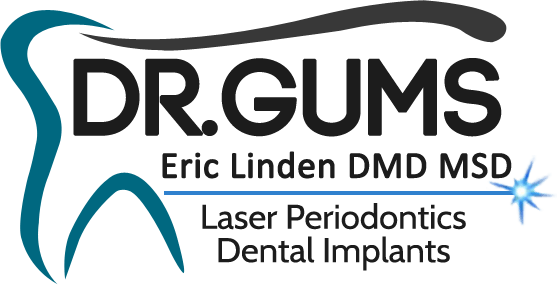CHICAGO – March 23, 2005 – Researchers from New York University found that certain bacteria from the mouth may be related to preterm delivery and low birthweight according to a study in the Journal of Periodontology (JOP). Study Abstract *
It’s been reported in the past that periodontal disease may be a factor in the occurrence of preterm low birthweight babies. Now it is believed that bacteria commonly found in dental plaque biofilms may also be related.
Researchers evaluated bacterial levels in the saliva of 297 women in their third trimester of pregnancy. They found that a higher salivary level of the bacteria called Actinomyces naeslundii Genospecies2 (A. naeslundii gsp2) is associated with low birth weight and preterm delivery, while higher levels of the bacteria Lactobacillus casei (L. casei) during pregnancy positively affected the birthweight.
“Our observation that A.naeslundii gsp2 reduced birthweight and preterm delivery fits well with the theory that oral bacteria and the molecules the body produces against them can enter the uterine environment through the blood stream and may influence the delivery process,” explained Dr. Ananda P. Dasanayake, Department of Epidemiology and Health Promotion, New York University College of Dentistry. “Whereas the bacteria L.casei secretes acids that maintain the vaginal pH level below 4.5. This pH level has a protective effect and prevents the overgrowth of more bacteria, including those associated with bacterial vaginosis (a condition associated with preterm labor and deliver).”
“What’s interesting is that the research shows that for each ten-fold increase in A. naeslundii gsp 2 levels, there was a 60 gram (0.13 pound) decline in birthweight and a 0.17 week decrease in gestational age. On the other hand, for one unit increase of L. casei levels there was a 42 gram increase (0.9 pounds) in birth weight and a 0.13 week increase in gestational age,” said Vincent J Iacono, DMD and president of the American Academy of Periodontology. “Future studies should evaluate both oral bacteria and bacteria that are not related to periodontal diseases to better understand this potential important link between periodontal status and prematurity.”
This issue of the JOP included another study, Periodontal Diseases and the Risk of Preterm Birth and Low Birth Weight: A Meta-Analysis. Findings from this study indicate that periodontal diseases in the pregnant mother significantly increase the risk of subsequent preterm birth or low birth weight. Researchers feel it remains important to promote good oral hygiene during routine prenatal visits, but caution that more studies need to be conducted to further our understanding about the effects of periodontal treatment on preterm birth.
A referral to a periodontist in your area and free brochure samples including one titled Women and Periodontal Disease are available by calling 800-FLOSS-EM or visiting the AAP’s Web site at www.perio.org.
About the AAP
The American Academy of Periodontology (AAP) is the professional organization for

